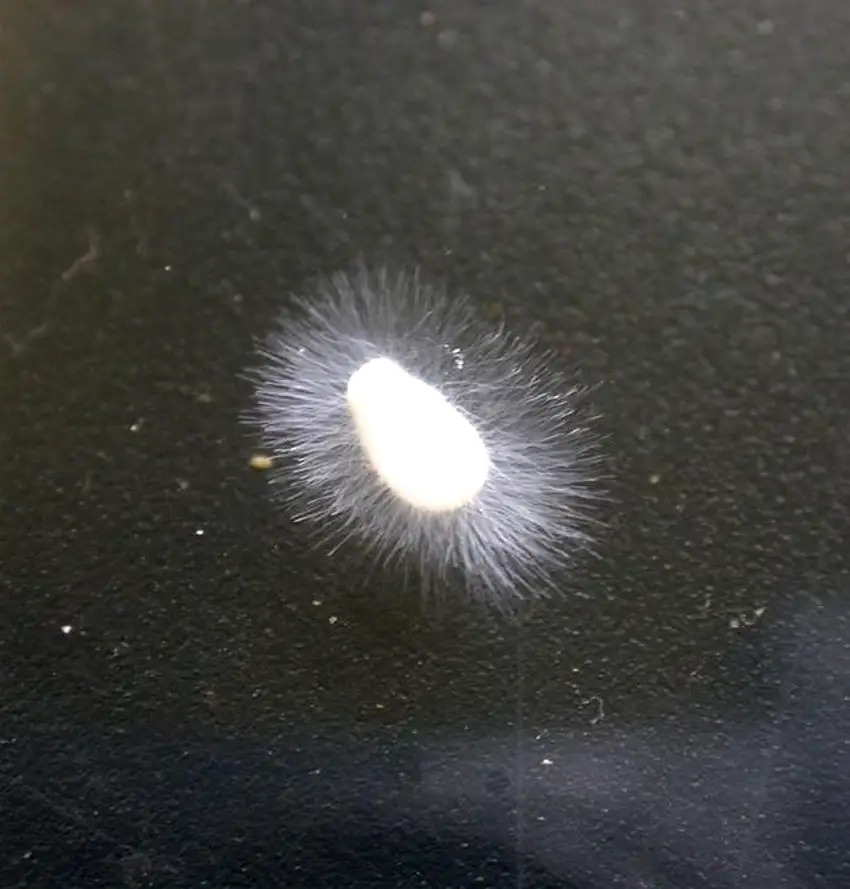Contents
CLASSIFICATION OF ACHLYA
Kingdom :- Mycota
Division :- Eumycota
Sub-division :- Mastigomycotina
Class :- Oomycetes
Order :- Saprolegniales
Family :- Saprolegniaceae
Genus :- Achlya
GENERAL CHARATERSTICS OF ACHLYA
- The species are aquatic and occur in a variety of water reservoirs.
- The thallus is eucarpic, filamentous, coenocytic, slender, white and much branched.
- Hyphae are broader at the base and gradually taper towards the apex.
- The basal cluster of hyphae forms holdfast. However, special organs of attachment are absent.
STUDY OF ASEXUAL REPRODUCTIVE STRUCTURES – ZOOSPORANGIA
- Zoosporangia produce asexual reproductive cells
called zoospores. - Each zoosporangium is an elongated, clavate or cylindrical structure. It is separated from rest of the hyphae by a septum at its base and opens by an apical pore.
- Zoospores are biflagellate and are released through apical pore. Zoospores aggregate around the pore and become encysted. (Cysts are liberated after a period of rest in the form of reniform biflagellated zoospores and are known as secondary zoospores). Zoospores germinate and give rise to new mycelium.
- In Achlya cymose branching of the hyphae occurs during the development of new zoosporangia, lateral zoosporangia growing out, below the primary and proliferation being absent.
STUDY OF SEXUAL REPRODUCTIVE STRUCTURES – OOGONIA AND ANTHERIDIA
- Sexual reproduction is oogamous. Most of the species are monoecious, but a few species are dioecious (e.g. A. ambisexualis, A. bisexualis).
- Oogonia are either terminal or intercalary. Antheridia arise either from the main hyphae, from second~ ones (diclinous), from the oogonial branches or from oogonial cell (androgynous).
- Oogonia are spherical with a septum at its base. The wall of the oogonium may be smooth (e.g. A. racemosa) or spinous (e.g. A. colorata).
- Each oogonium has 1-8 eggs (or oospheres) and rarely upto 50. Each egg ( oosphere) is surrounded by a thin delicate wall, contains dense cytoplasm and a single nucleus.
- The antheridia are narrow, branched and multinucleate. Each is cut off from rest of the hyphae by a septum at its base.
- Antheridia grow closely applied to oogonium, send fertilization tubes which penetrate the oogonial wall and fertilize the eggs.
- At this stage oogonium contains many thick walled oospores.
IDENTIFICATION
- Kingdom – Mycota
- Chlorophyll absent
- Reserve food glycogen
- Cell wall of fungal cellulose.
- Division – Eumycota
- A definite cell wall present.
- Sub-division:- Mastigomycotina
- Presence of motile spores or zoospores.
- Class:- Oomycetes
- Usually mycelial (aseptate).
- Zoospores biflagellate.
- Order– Saprolegniales
- Mycelial thallus extensive and without conspicuous holdfast portion
- Sporangia cylindrical.
- Family – Saprolegniaceae
- Oogonium with many eggs and lack periplasm.
- Genus – Achlya
- Some or all zoospores encysting at the mouth of zoosporangium
- Zoosporangia not proliferating.


Leave a Reply